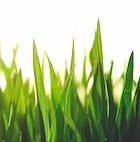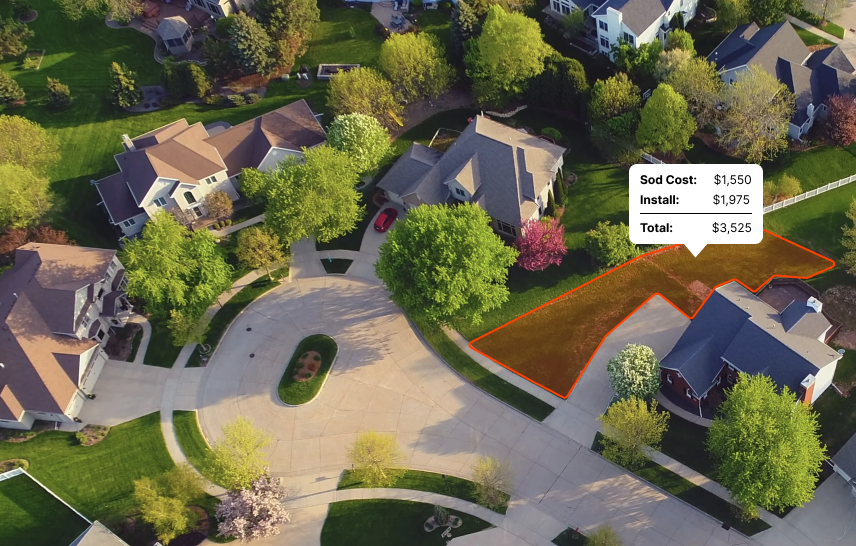While it's certainly a challenge to grow grass in Alaska due to the unforgiving climate, careful selection of grass varieties and strategic timing can help establish a vibrant, healthy lawn.”
Introduction
Alaska's subarctic climate is predominantly cold and arid, creating a unique challenge for growing grass as not all varieties can cope with such low temperatures and dry conditions.
Alaska's grass zone is somewhat limited, making it crucial to opt for grass types that are acclimated to this challenging climate to ensure their successful growth.
The prime time for laying grass in Alaska is during the summer.
This period provides the warmth and extended daylight the grass needs to settle in before the chillier fall and winter temperatures arrive.
What are the best sod types for AK?
In the world of landscaping, not all grasses are created equal. Each thrives in a specific climate zone: cool, warm, or transition.
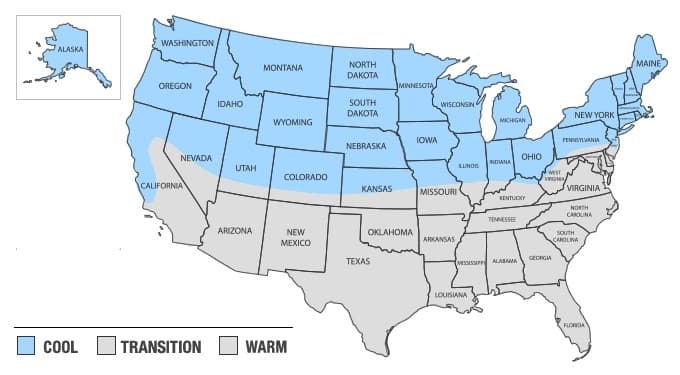
Alaska, with its cool season climate, prefers a particular set of grasses that relish the lower temperatures. The following sods are the easiest to grow and maintain in Alaska:
While it's possible to grow grasses meant for other regions with proper care, attention and timing, these are the most common grasses in Alaska for residential lawns.
Level Up Your Lawn Skills
Once per week we'll send you an interview from someone who has mastered the art of lawn care.
Recommended species for shade
Hey, fellow green thumbs! Let's get straight to it.
In the northern coolness of Alaska, finding the right grass for shady spots might seem like a wild goose chase. Don't sweat it! We've got your back.
The top pick? Fine Fescue. This cool-season grass thrives in Alaska's climate. It's also shade-tolerant. Perfect combo, right? Fine Fescue doesn't need to bask in the sun all day. It can do well with four to six hours of sunlight, unlike many sun-loving sods.
Next on our list is Kentucky Bluegrass. While it loves sun, it can tolerate moderate shade too. It's pretty resilient and well-suited for Alaska’s cooler temps, and it requires around six hours of sunlight.
Meanwhile, Perennial Ryegrass is our wildcard pick. Although it's not a shade-lover, it's adaptable. Given Alaska's long summer days, it comes through, even in partial shade.
An honorable mention is Poa Supina shade grass. It's a shade ninja, surviving in areas others might not. Though not as popular as our top picks, it's worth a shot in deep shade spots.
Remember, though, grass isn't a "plant-it-and-forget-it" deal. Proper care is key: timely watering, correct mowing height, and appropriate fertilizing. It's a little TLC that goes a long way.
That said, we're here to help you make your lawn the talk of the town - in a good way, of course! So, let’s get our hands dirty and turn your shady spots into lush, vibrant patches. Keep on sodding, Alaska!
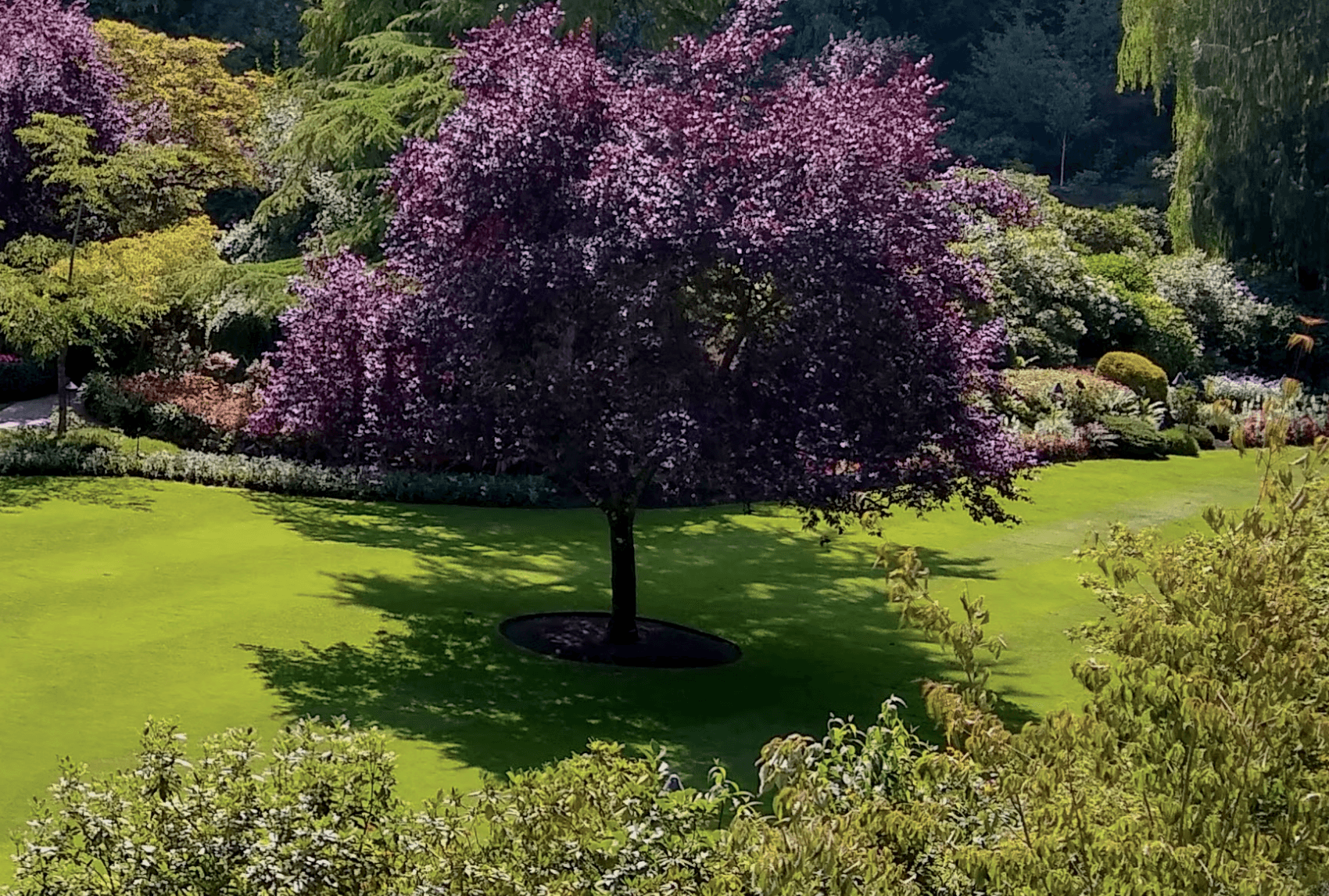
Recommended for full sun or partial sun
Choosing the right sod for your lawn depends heavily on the sunlight exposure in your yard. Different grass types have varying light requirements for optimal growth and appearance. Assessing whether your lawn receives full or partial sun is essential in selecting sod that will flourish and stay healthy in your specific environment.
Below are some sod options recommended for either full sun or partial sun conditions in AK:
| Grass Type | Sun | Good to Know |
|---|---|---|
| Tall Fescue | Partial | Tall Fescue is adaptable to a range of conditions, including partial sun, and is known for its deep root system and tolerance to drought. |
| Kentucky Bluegrass | Full | Kentucky Bluegrass prefers full sun and is prized for its fine texture, rich color, and ability to recover quickly from damage. |
| Perennial Ryegrass | Full | Perennial Ryegrass thrives in full sun and is known for its rapid germination, fine texture, and bright green color. |
| Fine Fescue | Partial | Fine Fescue is well-suited for partial sun and is appreciated for its fine texture, shade tolerance, and low maintenance requirements. |
What varieties stay green year-round?
As with anything agriculture related, there is some nuance to this question. There are many grasses that can stay green year round in but it depends heavily on your location within Alaska as well as any microclimates that may exist.
The following grasses have the ability to stay green year round in Alaska:
| Grass Type | Caveats |
|---|---|
| Tall Fescue | It typically stays green throughout the year in milder climates, given that it isn't overly stressed by heat or drought in the summer. |
| Kentucky Bluegrass | It can retain its green color for much of the year when well-maintained, though harsh winter temperatures can push it towards dormancy and a browner hue. |
| Perennial Ryegrass | It can stay vibrant and green throughout the year in many climates, unless conditions are extremely cold or dry. |
| Fine Fescue | It keeps its green color throughout the year in ideal conditions. If the winters are particularly harsh, it may lose some color. |
What is the best time to lay sod in Alaska?
Since it is considered a cool-season location, the ideal time to lay sod is in early spring or early fall. These periods offer moderate temperatures, leading to less stress on the sod and providing optimal conditions for root establishment before extreme temperatures of winter or summer. Avoid the summer, as high heat can stress the sod.
As you can see in the image below, you'll notice the most shoot growth (the grass above ground) and root growth in the spring and fall for cool season grases:
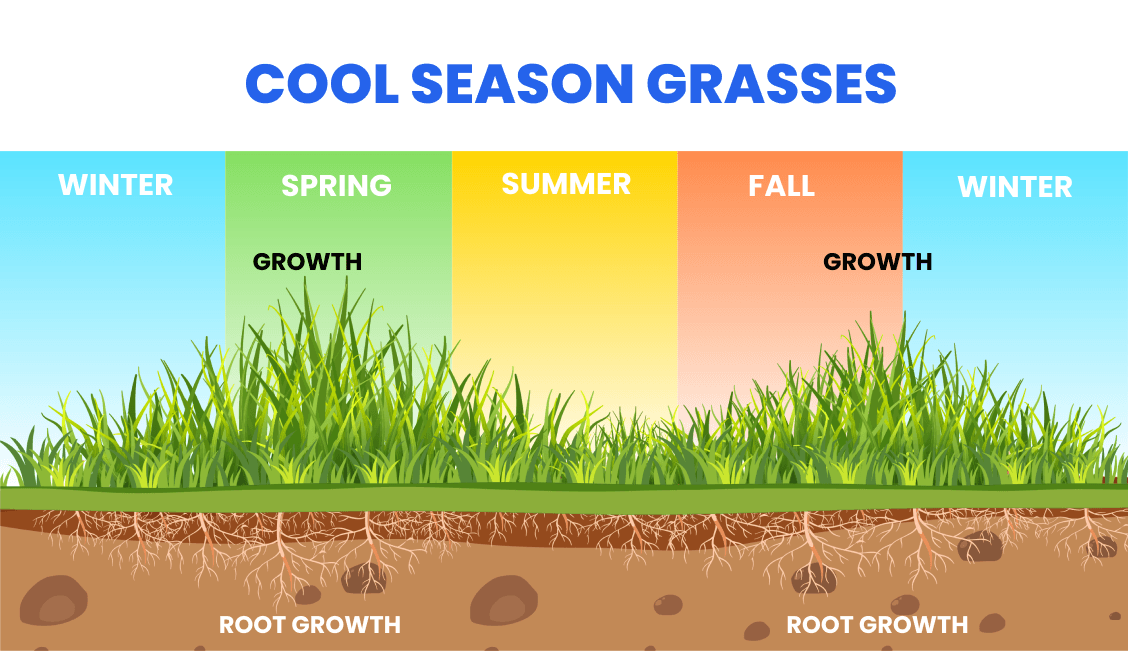
Find reputable companies for installing sod in AK
Here are the top problems you'll face when trying to get sod installed by a landscaping company:
- They're not transparent about pricing. You'll often get a quote that's way higher than you'd expect.
- They're hard to get ahold of on the phone or you'll reach out online but won't hear back.
- It's hard to pin them down for a specific date. Because you can only bring sod from the farm when there's decent weather, this causes some delays at times. It also has a short shelf life, so it's important to get it installed within a day or two of delivery.
We've done all the work for you. Click below to get a quote from one of the top installers in Alaska.
